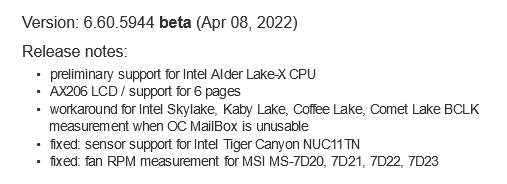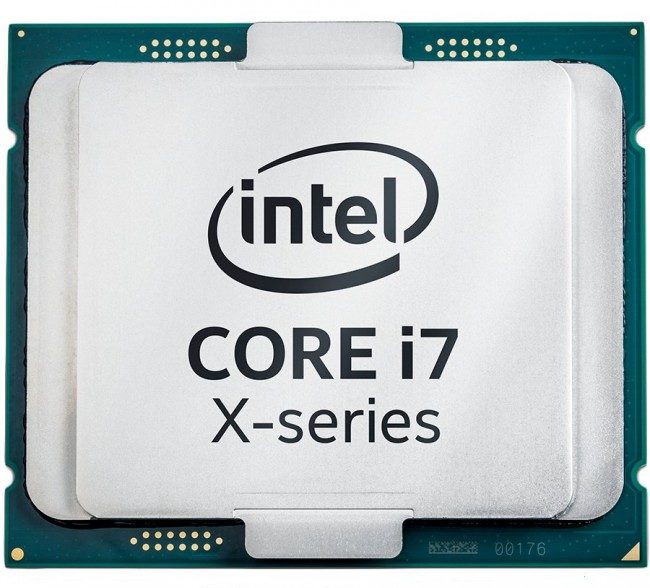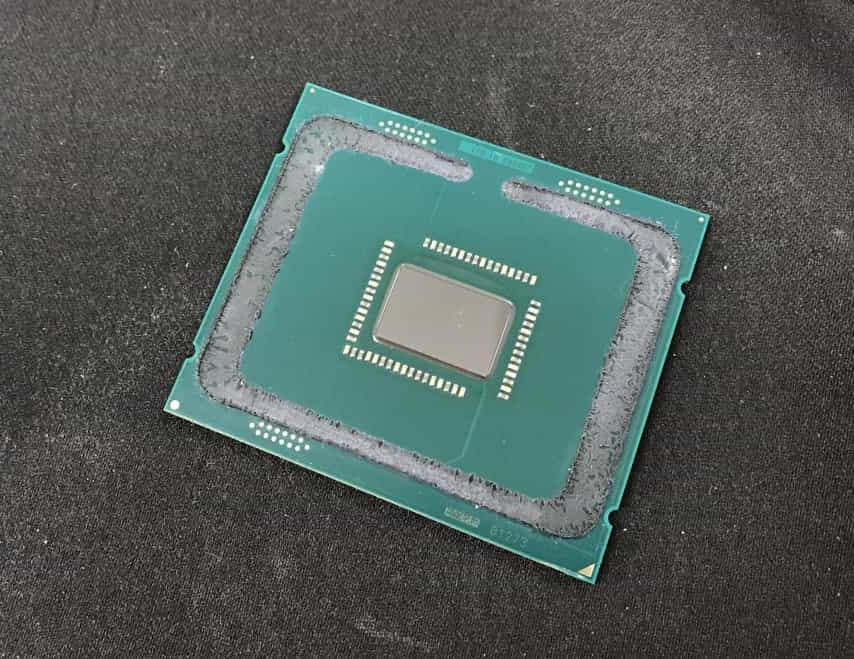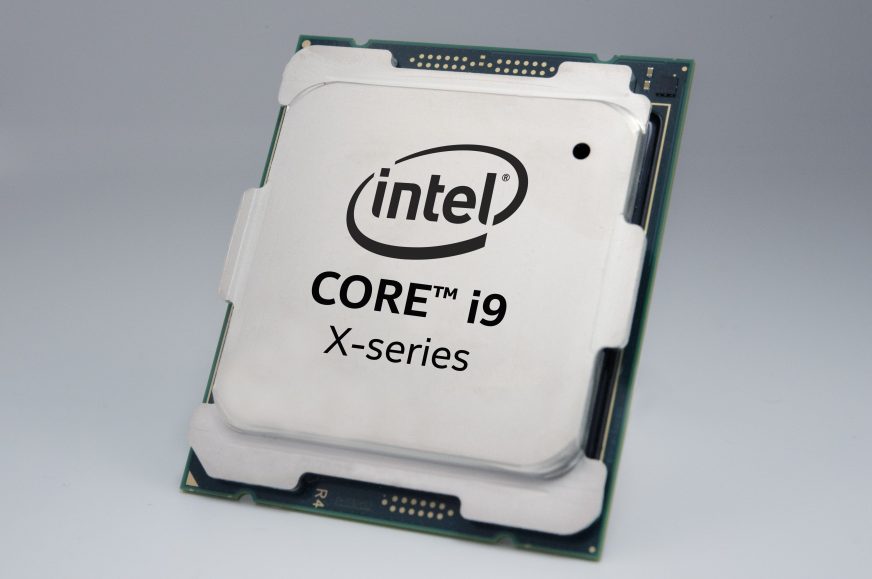The idea of mainstream CPU conversion for high-end socket, Kaby Lake-X style, makes a comeback?
Intel is expected to release a new platform of high-end processors based on the Sapphire Rapids Xeons server CPUs this fall. It would thus once again return to an area it had essentially abandoned with the decline of the X299 platform and its high-end processors. But strangely enough, a report has now surfaced that Intel is preparing surprise high-end CPUs, never known until now: something called Alder Lake-X.
This name appeared in the changelog of the new version (6.60.5944 beta) of Aida64. This is a utility that includes specific support for detecting various hardware, which is usually added to the program quite a while before release. Mentioning it in the changelog doesn’t tell us what such hardware is, but it may indicate that something like this exists/will exist.
In this case, the changelog only lists “preliminary support for Intel Alder Lake-X CPUs”, nothing else. But judging by the “X” marking, we would expect it to be a CPU for a high-end platform, as Intel has always marked those with that letter. Also, it is unlikely that this merely applies to the plain mainstream version of Alder Lake. That silicon has already come out and its support could hardly be just “preliminary”. But on the other hand, in the high-end, instead of Alder Lake, we have been expecting Sapphire Rapids-X processors, which is the generational sibling of Alder Lake with a derivative architecture meant for servers.

That’s why the mention that something called Alder Lake-X should be in the pipeline is something unexpected and it is not clear where to place such a processor. Assuming that Intel hasn’t managed to keep plans for an entirely new class of processors 100 % secret until now (or some other unforeseen explanation), however, one hypothesis presents itself. Namely, that the new high-end platform that Intel is now preparing will return to the old strategy that the X299 platform was originally conceived under in 2017.
The return of Kaby Lake-X?
It’s easy to forget now, but when Intel first released the X299 platform (with a four-channel memory controller), there were two kinds of processors available for it. First, the regular high-end Skylake-X CPUs with a four-channel DDR4 controller, AVX-512, and up to 18 cores. But alongside that, Intel also launched Kaby Lake-X processors (models i7-7740X and i5-7640X). These were just quad-core processors that were created by literally converting the mainstream Kaby Lake chip for the regular desktop, only in this form it used the LGA 2066 socket instead of the LGA 1151 socket.
Kaby Lake-X was supposed to be a cheaper alternative to Skylake-X processors – a processor that could also be expected to deliver better single-core and gaming performance (at least in theory) while being usable in the high-end platform. But this idea didn’t take off much as few people were attracted to this combination of features. Pairing Kaby Lake with X299 boards had virtually no benefits, and it didn’t help Intel pretty much made Kaby Lake-X obsolete by releasing the much better six-core Coffee Lake on a mainstream platform – just a few months after Kaby Lake-X arrived.

But it’s possible that now with Alder Lake, Intel will try to revive the concept. Especially for gaming and for applications that don’t require too many threads, Alder Lake is probably a lot more interesting compared to the quad-core Kaby Lake’s position in its day. If this proves to be the case, then Alder Lake-X processors in a different, larger package would be compatible with boards for Sapphire Lake-X processor.
However, if Alder Lake-X is based on the same silicon as Alder Lake for LGA 1700 socket (i.e. with 8+8 cores of the same Golden Cove/Gracemont architecture), then it will again have significant drawbacks. This is because these processors would only have a dual-channel memory controller, so only part of the DIMM slots on the Sapphire Rapids-X boards would work. And the same with the PCI Express controller – Alder Lake only has 20 lanes for the GPU and SSD, whereas the Sapphire Rapids-X is expected to provide much more. On boards that expect the Sapphire Rapids-X silicon’s connectivity, some of the PCIe card and NVMe SSD module slots won’t work.
In addition to this, there may be a disadvantage that regular coolers with support for LGA 1700 likely won’t work on a high-end socket due to the significantly different mounting. Again, with this platform, you could probably say that you’ll get the disadvantages of a high-end platform in the form of a higher price, but you won’t be able to take advantage of any of the advantages (multi-channel memory controller, strong PCIe connectivity). So it would more or less only make sense to use Alder Lake-X as a temporary CPU until you upgrade to the more powerful Sapphire Rapids-X later – but then it’s just better to skip this temporary stopgap.

There’s also the possibility that the reason Intel wants to convert mainstream Alder Lake processors to a high-end platform and its socket is so that the chips achieve higher overclocking potential for enthusiasts thanks to a more robust power supply. Then it could offer them as an enthusiast specialty product for competitive overclocking. Or, in theory, perhaps it could be a special platform for high-frequency trading users, which was said to be the target application for the also very special Core i9-9990XE processors.
So it will be interesting to see what Intel wants to achieve with these Alder Lake-X processors and how they turn out. Of course, there is a chance that nothing like this will come out in the end. But with leaks like this Aida64 changelog one, it’s more likely than not that if a hardware is mentioned in such a manner, it will actually arrive on the market.
Source: VideoCardz
English translation and edit by Jozef Dudáš, original text by Jan Olšan, editor for Cnews.cz
⠀
- Contents
- The idea of mainstream CPU conversion for high-end socket, Kaby Lake-X style, makes a comeback?








